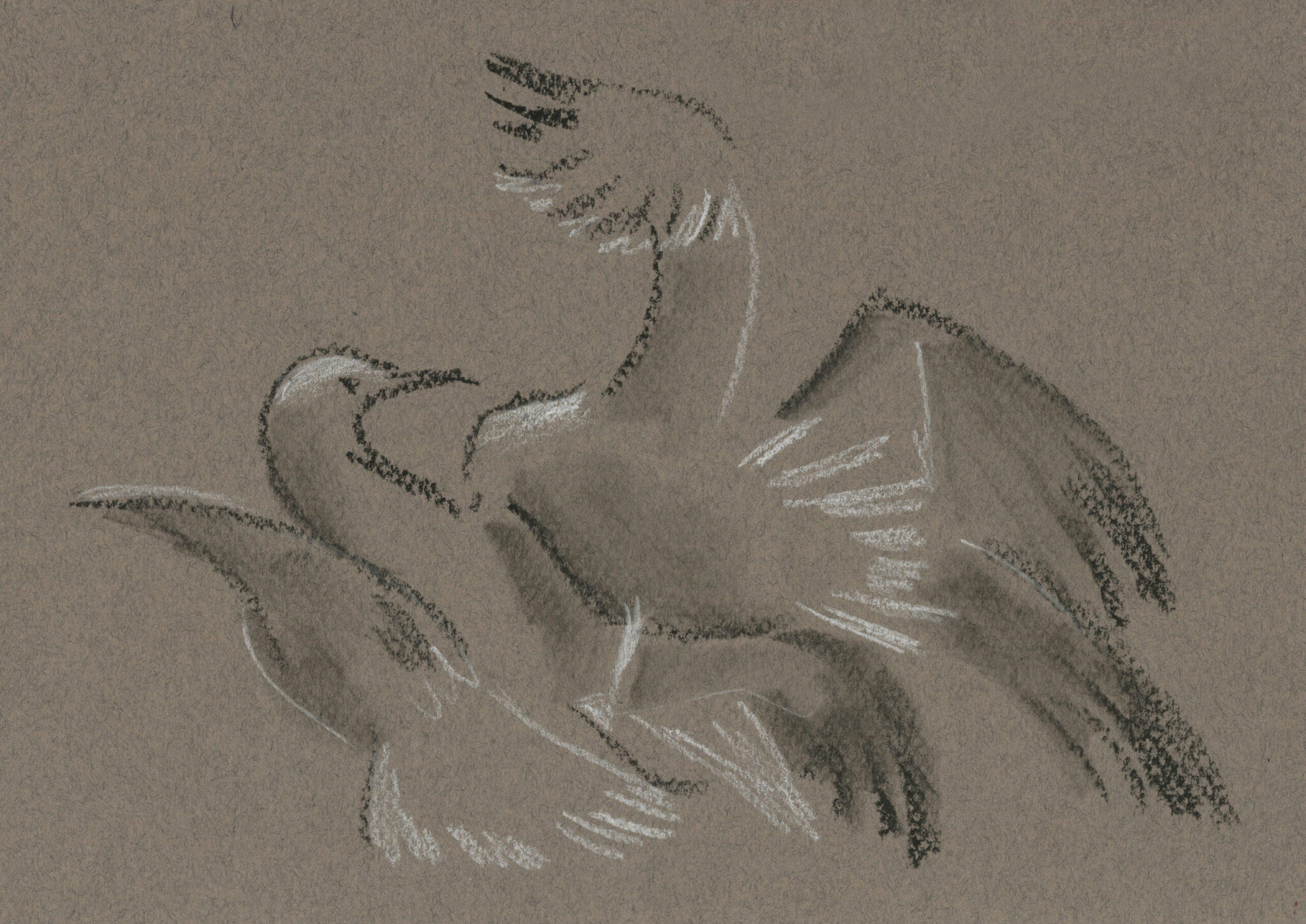
Illustrations by Cora Dow
Like many birders, I have a particular fondness for hawks. Each fall, migrating raptors often gather by the dozens or hundreds, and dedicated observers count them at hawkwatches along their migration routes. Lighthouse Point Park in Connecticut is home to one such hawkwatch, and I spend as much time there as I can during the fall.
But when I visited one morning in early October, the hawks weren’t flying. So instead of standing at the hawkwatch, I headed towards the beach. Despite being possibly the last warm Sunday of the season, the beach was abandoned to seagulls. There were seven Herring Gulls, who were starting to replace their crisp breeding plumage with ratty winter feathers. One Great Black-backed Gullstood a few feet apart—a hulking, caped giant. A few Laughing Gulls, thin and graceful, flew over the water. The rest of the beach was taken by about thirty Ring-billed Gulls. These little ones, with their rounded heads and big dark eyes, were dwarfed by their larger cousins. By contrast, the herrings seemed all angles, giant proportions, and long sharp wings: they looked almost raptorial. The hawkwatchers, staring up at empty skies, were missing out.
“Most birders don’t care about gulls at all,” Andrew Birch, a prominent Southern California birder I’ve known since high school, told me. “Even among experts there’s a shocking lack of interest.” Birch, however, has spent years watching gulls, and when I asked him why, he smiled and said with no hint of irony, “They’ve got great personality! They’re maybe the only family of birds that are really playful.”
Yet it is precisely their playful antics that are reviled by much of the general public. My dad calls them “rats with wings.” Asked about gulls, a friend shook her head: “They steal my food… Also a seagull peed-slash-shitted on my cousin’s head.” And for ornithology professionals these days, gulls are a risky subject. Yale ornithologist Liam Taylor, who recently submitted a paper about the history of gulls in the United States, isn’t sure if he hopes it’ll be published or not, because if it is, he and the coauthors might face ‘negative consequences.’ One of his coauthors, Wriley Hodge, agreed, with a wink, that if it’s published, “the Seabird Institute will never hire [them],” and they might both be “blacklisted” by East Coast waterbird researchers.
Gulls, I have learned, are inherently contradictory. Their lives are webs of violence, yet they care for their partners and chicks with affection. They’re smelly, fishy, trash-eating, aerodynamic wind-dancers. They feel fury, and, apparently, have fun. They are loved and hated. I struggle to describe them in any meaningful way without equivocating: they are a bird associated with such intensity, yet for many people, they are nothing more than set dressings for a beach.
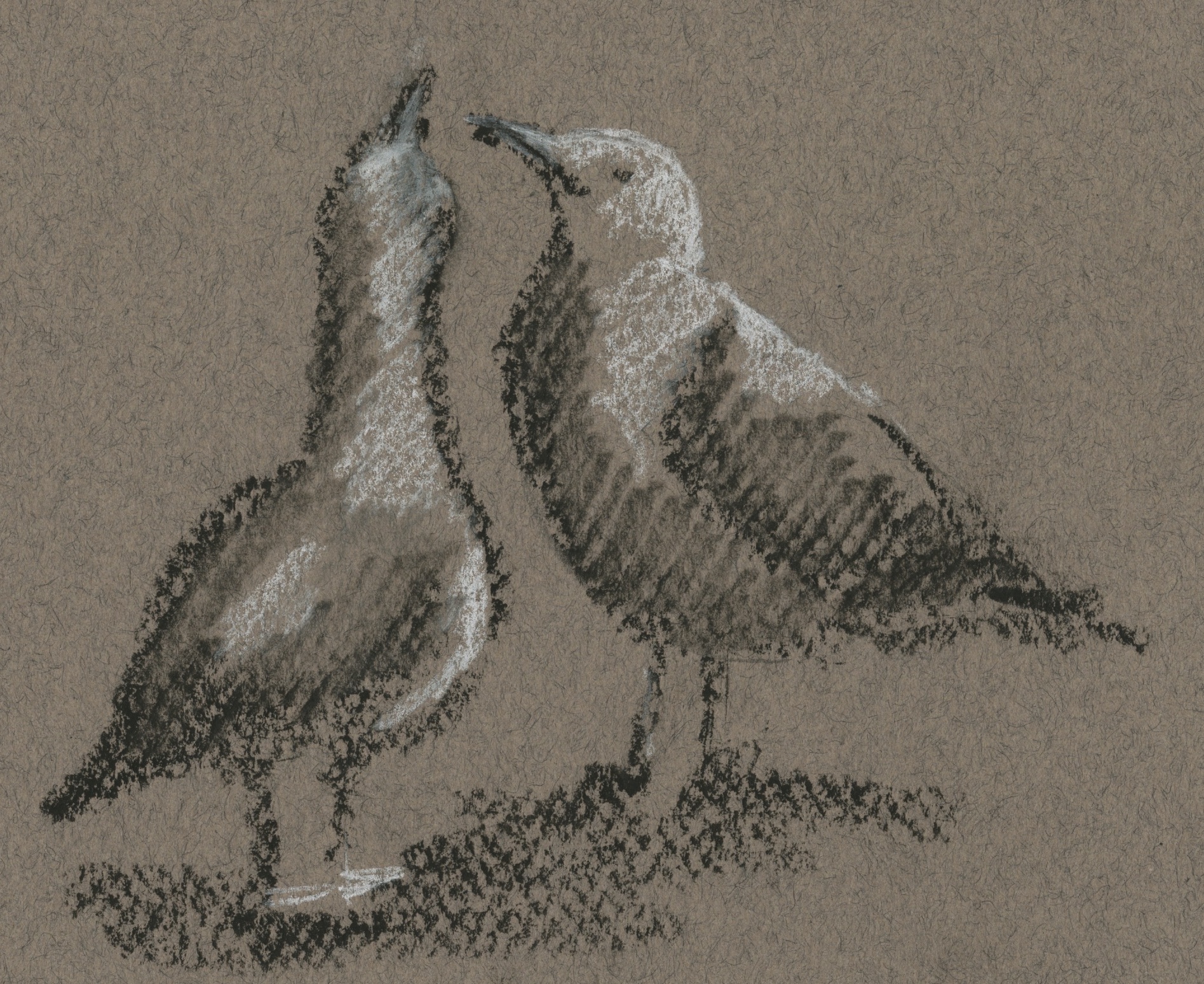
I entered the world of gulls this May, when I spent a month studying a Herring Gull colony in New Brunswick, Canada, at the Bowdoin Scientific Station on Kent Island. My first impression of the colony was its magnitude: thousands of gulls crammed together on a mile-and-a-half long island, fighting and courting and feeding and swooping and all of them, at any hint of disturbance, screaming. The other researchers and I were offered hard hats for protection when the gulls dove at and kicked us with – literally – stunning strength, though the hats did little to protect us when the gulls shat on us from above. On my second day, a gull bit my hand badly enough to leave a scar. Even when I wasn’t being assaulted by gulls, Kent was freezing and wet and perpetually windy; the rocky, muddy, jagged beaches were alarming to maneuver across; I was disturbed to discover the ground littered with gull bones, evidence of the brutality of their lives there. I don’t even like nice beaches. Why had I decided to spend my summer studying seagulls?
Out of necessity, though, I settled into the rhythm of research. One of my assignments was to track the development of a single nest: every day, I visited it and recorded the growth of the developing embryos. I became familiar with its parents and the aggressive rituals they’d display while I worked. They looked comically furious, throwing back their heads, puffing out their necks, and bellowing a “trumpet” call. The eggs hatched on my last day at the station, and I marveled to hold the chicks in my hands. They were little more than mops of spotted fuzz, still damp from their eggshells. I was sorry to leave them and their parents behind.
I met Wriley Hodge months later. A student at the College of the Atlantic – a college in Maine prone to producing gull-enthusiasts – Wriley had spent the past three summers researching a similar Herring Gull colony at the CoA field station on Great Duck Island, Maine. When I asked them why they loved gulls, they turned reflective: “You can have all these preconceived notions about them as a nuisance. And then you live with them, and you see them building their nests, flirting with each other and raising their young and being such good parents… I think that when you live with something, like a colony of gulls, it’s hard not to fall in love.”
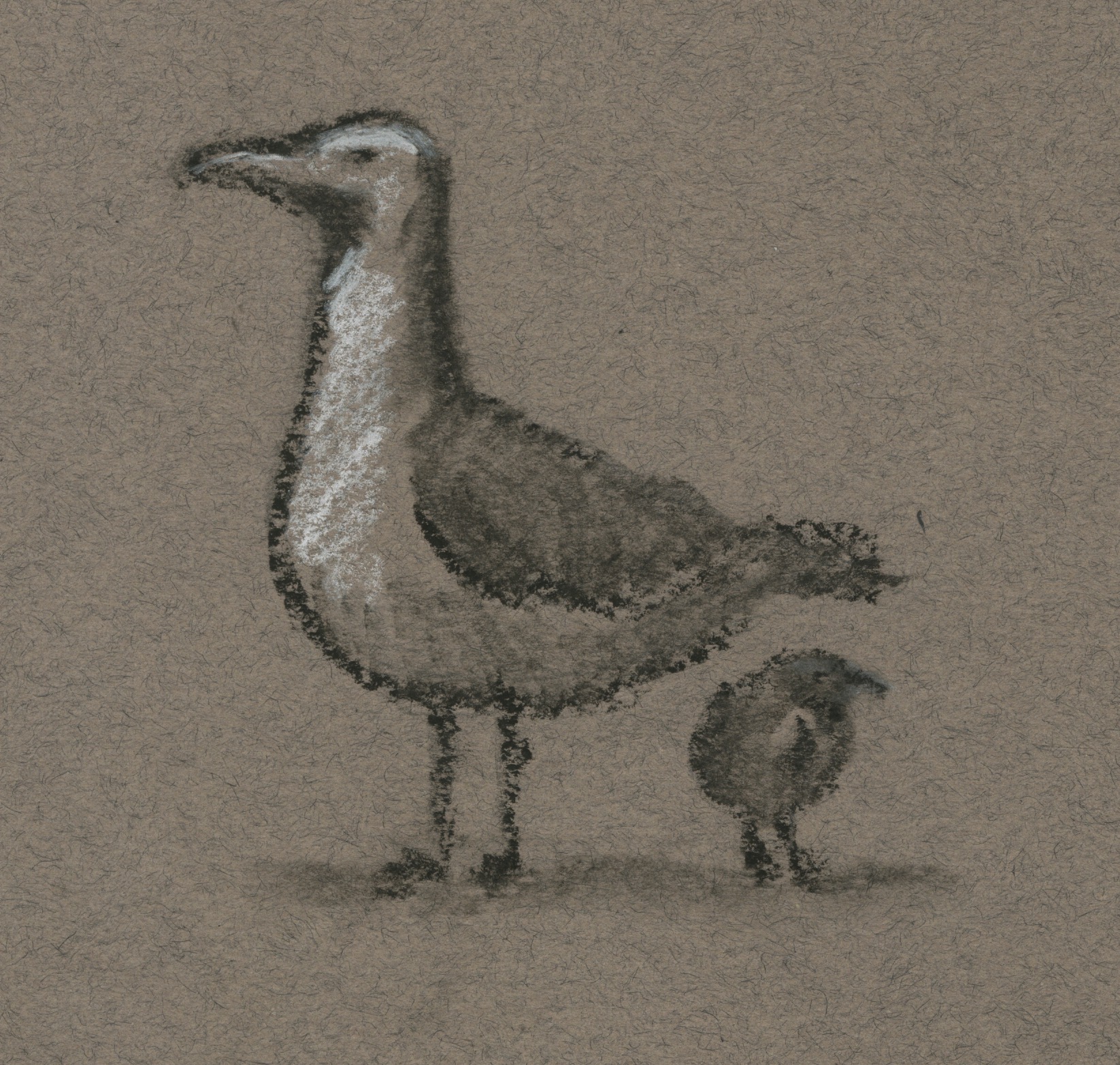
I had gone to Kent Island to perform research with the aforementioned Liam Taylor, a doctoral student in Yale’s Ecology and Evolutionary Biology Department. I first met him on a cold day last winter, while looking for a field biologist to do summer fieldwork with. He fit the bill: bearded and beanied and prone to soliloquies, he wears sweaters in earth tones, orange-khaki pants, and a big waterproof watch.
When we met, Taylor explained that he studies a particular aspect of gull adolescence: delayed plumage maturation. Gulls don’t breed until they’re a few years old, and during this time, the young molt through a series of distinctive immature plumages before growing the definitive feathers of breeding adults. The purpose of these plumages is not known, as gull adolescence has received “shockingly” little attention from ornithologists. Taylor, who had witnessed young gulls visiting the Kent Island colony despite not breeding themselves, believes their feathers might function as social signals. By signaling their age, young birds might deflect aggression from breeding adults, giving them space to develop social skills necessary for colony life. Essentially, their immature plumages say Don’t mind me, I’m just here to learn.
On Kent Island, we used plastic birds painted like different Herring Gull age stages to test this social signaling hypothesis. We’d walk to a stretch of beach, place a model close to a nest, and record the response of the parents. We used gull decoys at three different ages, plus a goose decoy as a control, so we returned to each nest once a day for four days to present each model type at every nest.
It was hard work. The first day of experiments began discouragingly. After lugging the models through a cold drizzle a mile down the beach, all of the first twelve trials involved the younger gull model types. Every nest reacted differently. Some gulls seemed unconcerned, some attacked the decoys, a few attacked us instead. We began our first trials with adult models in terse silence, but to our amazement, almost all of the adult models were swiftly attacked by the breeding gulls. Already, our results supported Taylor’s hypothesis: the gulls were more aggressive toward the adult models than toward the immatures.
We conducted hundreds of trials over the next month, with promising results: adult models were attacked twice as often as young models. Our sample size is not quite statistically significant, so we plan to perform another round of trials next summer, but they are encouraging. It seems young gulls really must develop social skills at colonies, and immature plumages pave the way for them to do so.
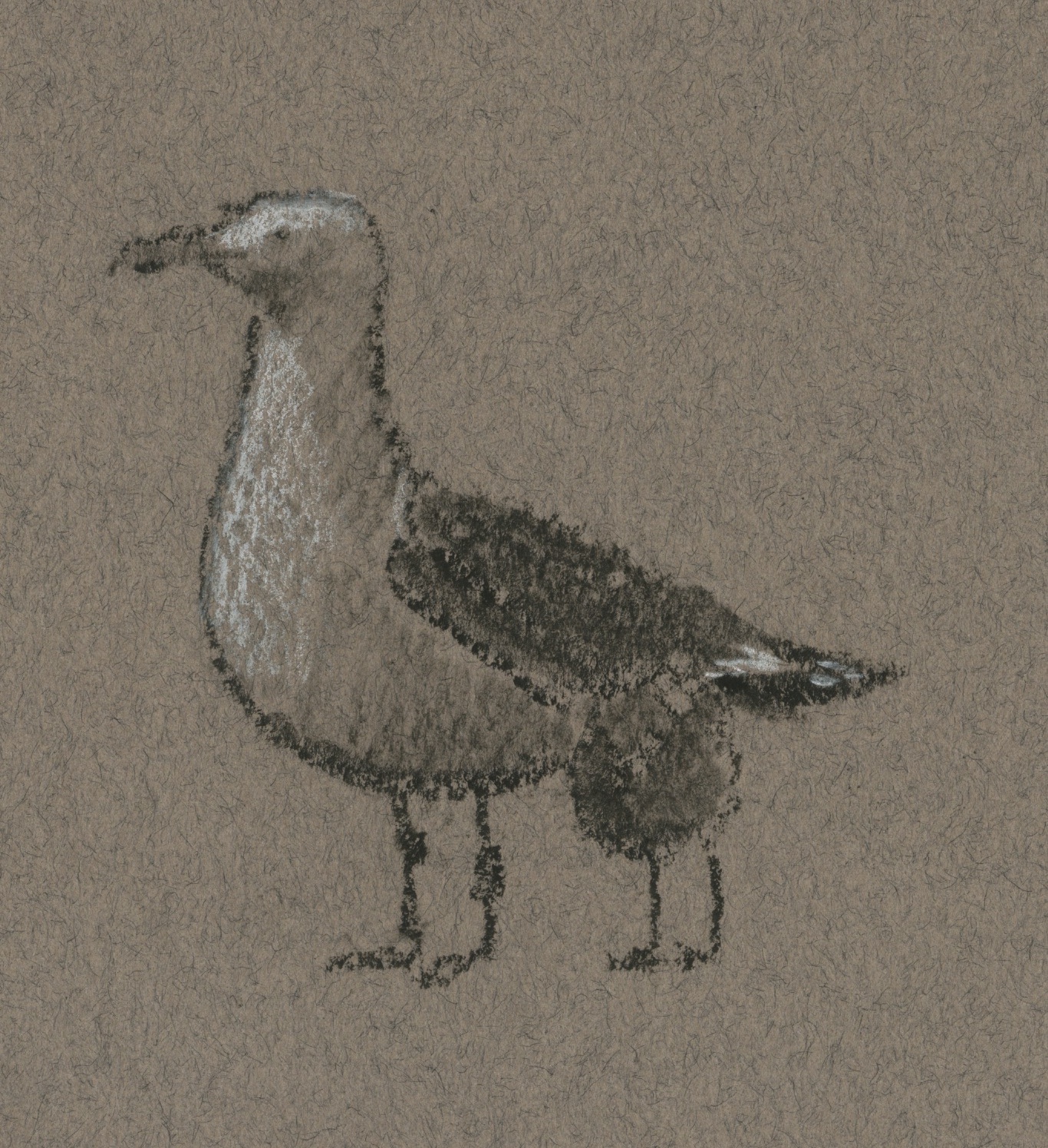
The same age-related variations in plumage that Taylor studies make gulls some of the most difficult-to-identify birds in the world. Gulls also have a tendency to hybridize, smudging the already blurry lines between species. But Andrew Birch is part of a small community of birders – the gull enthusiasts – with a special dose of dedication, verging on obsession, that drives them to brave landfills and pour over gatherings of gulls in search of rare species.
For Birch, it is the very challenge of identification, the “mental exercise” of “sorting through many birds and trying to find one different one” that makes gulls so exciting. Because so few birders undertake the challenge of gull-watching, much less is known about their basic demographics and movements than for other birds. This “frontier aspect” also draws Birch. Unlike other birds, he says, “it feels like there’s maybe some discoveries to be made… [Gull identification] is still very much in its infancy.”
I tried to take Birch’s enthusiasm to heart. The next time I visited Lighthouse Point, I paused with the clump of gulls. I considered all the subtle features necessary for gull identification – the shades of their coverts, the angles of their bills, the quality of their wingtips. I found no rarities that day, but I could understand the appeal of gull-watching. With gulls, each flock is a puzzle. The more you look, the more you learn, and the more you see.
But Birch’s primary reason for watching gulls is not to challenge himself: it is simply to enjoy observing them. Even when describing the time a Herring Gull stole his daughter’s ice cream cone, he seemed less annoyed than amused by the gull’s gumption: “It didn’t spill a drop!” He told me about their often-inexplicable behaviors. “They play with tennis balls, you see that a lot,” he said. “I’m anthropomorphizing, but there seems to be a lot of play. They remind me of my dog.”
I had noticed a similar playfulness on Kent Island. On windy days, the gulls would lift up into the air and hover in place, apparently for no reason other than to enjoy being buffeted. It seemed clear that they were doing it for fun, but the mere idea of fun is a controversial one for animals like gulls.
Back at Yale, I hesitantly asked Taylor how he felt about the word anthropomorphism. “All biologists agree that humans are animals,” he said after a pause. “Where they split is that some biologists think that believing a human is an animal means that we can denigrate humanity into a set of animalistic principles, like lifetime reproductive success, fitness, evolution by natural selection. Those people are anthropomorphizing, in my opinion – they’re making the shape of an animal exactly the same as the shape of a human. And they’re doing that by dragging human experience down to the level to which they attribute animal experience. All I’m doing is accepting the same premise, which is that humans are animals, and then saying, human animals do these wild things. Who am I to believe, a priori, that other animals don’t do interesting things?”
It is a perspective not without risk in the world of biology. Six months ago I would have hesitated to even bring up anthropomorphism with another scientist. Among gull researchers, it seemed, a new kind of science – trashy science, if you will – was possible.
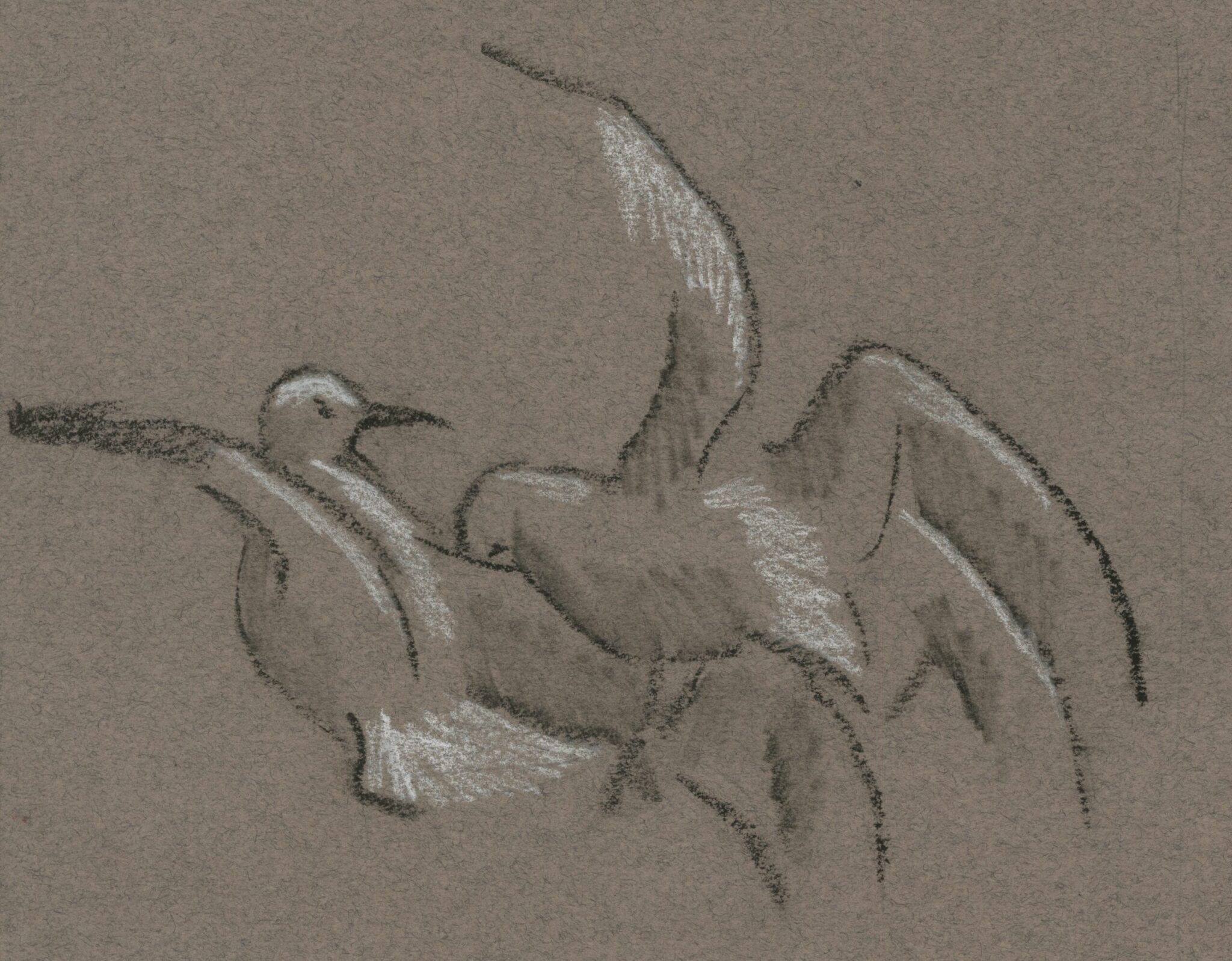
Even those who grant animals subjectivity don’t tend to go looking for it in gulls. A few high-profile conservation organizations actively engage in gull “culling” to protect other species, as Taylor and Hodge recently described in their paper awaiting review – including the National Audubon Society’s Seabird Institute. In the 1970s, the Seabird Institute, then known as Project Puffin, began a decades-long initiative to coax puffins to found new island colonies in the Gulf of Maine, where they previously did not breed. Maintaining those colonies requires killing predatory gulls to protect the vulnerable puffins.
Though this initiative was framed as a “restoration” of historic puffin habitat, the little surviving evidence from those islands before European colonialism suggests puffins had never nested there in high numbers. In fact, the evidence suggests all of the seabirds nesting in the Gulf of Maine today – including gulls – are likely new additions, brought about by the conversion of the historically forested islands to grassy fields by sheep farmers in the 1800s, as well as by the extinction of predatory sea mink.
After the sheep industry briefly increased their numbers, gulls were targeted by the millinery trade in the early 1900s, and their population plummeted. Thus, along with other species used for the hat trade, gulls became a key focus of early twentieth-century conservation movements, including the first local Audubon societies. Indeed, as Hodge pointed out, the National Audubon Society states on its website that it was founded in 1905 for “the protection of gulls, terns, egrets, herons, and other waterbirds.”
But gulls’ time as icons of conservation was short-lived. As conservation increased their numbers in the region again, fishermen complained that gulls competed for their fish; berry farmers in Maine said gulls ate their crops; beachgoers didn’t like their mess. In the 1940s, the federal government sponsored an initiative to reduce gull numbers in the north Atlantic. The effort involved killing gulls and destroying upwards of a million eggs by spraying them with oil. The goal, Hodge quoted from an archival document, was not to eliminate them but simply to “reduce their populations until they no longer posed a serious menace to man’s interest.” Today, that effort continues in practice if not in name and is why, ironically, a century after it was founded to protect them, the National Audubon Society is “one of the biggest killers of gulls in the United States,” Hodge says.
According to Hodge and Taylor, we kill gulls not because puffins are any more natural or even significantly more threatened than gulls – Herring Gulls have themselves declined steeply since at least the 1980s. We kill gulls, ultimately, because we like puffins more: because unlike puffins, gulls sometimes eat at landfills, sometimes steal our food, sometimes even poop on us. I can’t help but feel that the traits that annoy us about gulls are the very traits that make them similar to us: their commonness, their boldness, their adaptability. Indeed, Hodge says, we hate gulls because we see them “as these trash birds, that benefit from all of the things that we are ashamed of.”
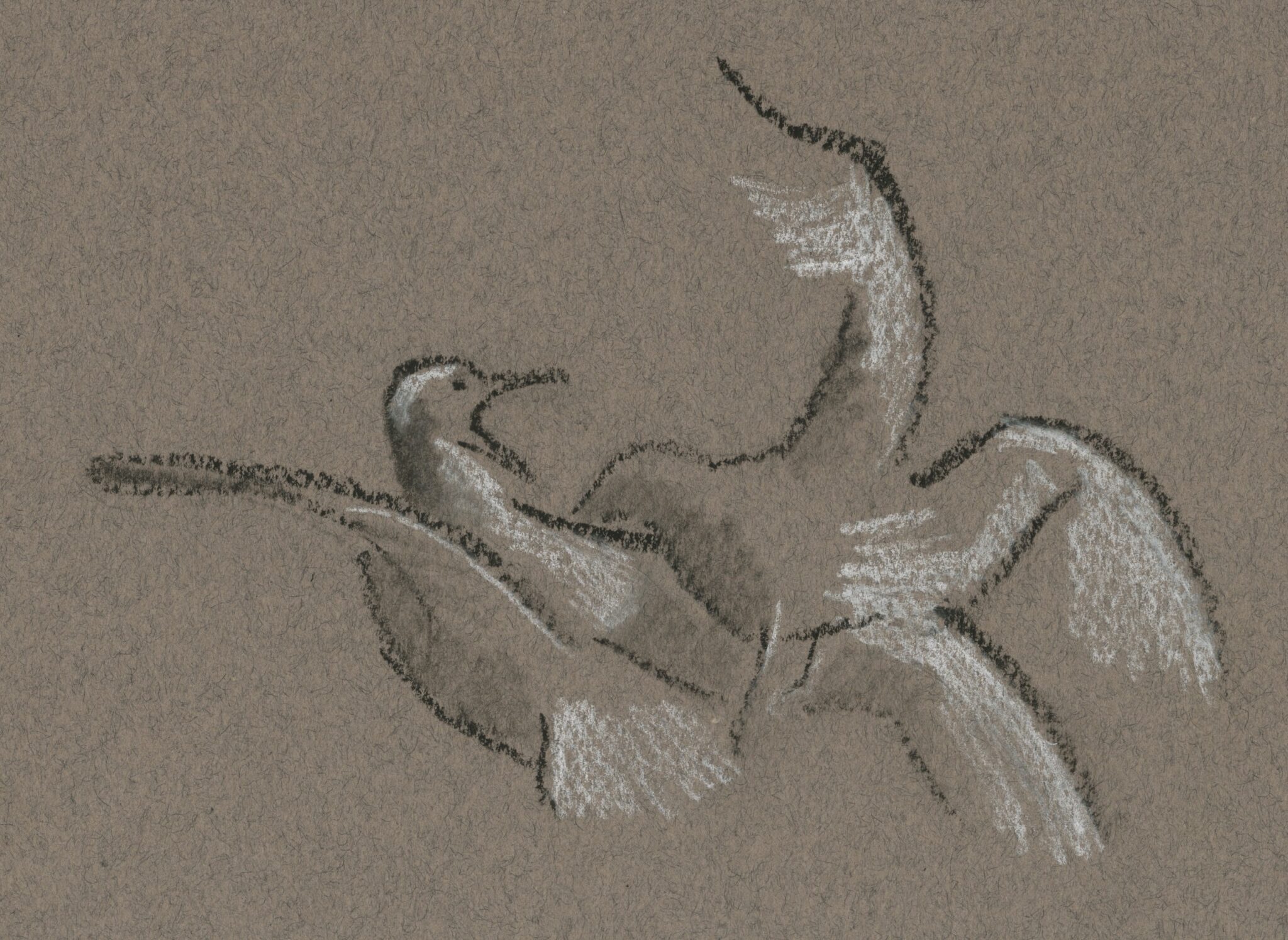
Taylor primarily studies gulls and manakins, both birds considered to be instinctual rather than socially intelligent. Their social behaviors are innate, meaning they can’t learn behaviors like songs from each other, as songbirds can. Traditionally, biologists only define “culture” in species – like songbirds or humans – that learn from each other; instinctual birds like gulls have none.
Hodge, though, believes that gulls do have culture. They have been “continually astonished” to observe how distinct individual gull colonies are. Some colonies are tolerant of human visitors, some aggressive, some particularly nervous. What would those inter-island differences be if not culture?
And Taylor, similar to Hodge, is generous in bestowing sociality to gulls, even while acknowledging the innateness of their behavior. While gulls might lack the kind of culture defined by evolutionary biologists, that definition of culture is not the one understood by “normal human beings.” Gulls, Taylor says, do have a culture – just like us, they have fear and joy, beauty and attraction, anger and confusion, conventions and idiosyncrasies. They are not born knowing everything they will ever know. They develop their sociality, they find mates, they discover how to raise chicks.
On reflection, the difference between gull culture and our own is that theirs is remarkably stable. For millions of years gull society has looked much the same. It reassembles itself with consistency, having landed on a system that works. Each year, the young gulls feel themselves drawn to the windswept beaches. They stumble into gull towns, full of adults who do not care to teach them a thing. Each year, gull society rediscovers itself.
I told Hodge, since leaving Kent Island, that I can’t help but seek out gulls wherever I go. They assured me they felt the same, preferring to watch gulls over more traditionally charismatic birds. “You can watch [gulls] everywhere. And when you find the magical in the mundane, there’s just so much to see in the world… I think that, in some ways, the world is a more beautiful place if you love gulls.”
When I visited Lighthouse Point in October, the gulls ignored me. No longer breeding, they didn’t care if I approached; there were no trumpet calls, no kicks to my head, no swirling clouds of gull-fury. Whatever was going on within and between them was invisible to me – their winter culture, if it was a culture, was oblique. What were they thinking? What drew me to them, even as they loafed silently on a nondescript beach? What did they think of me?
One young Herring Gull, just a few months old, wandered away from the crowd. It stepped into a puddle of water at the edge of the neighboring parking lot and drank a few sips. Then, for no discernable reason, it started stomping up and down in place. Its feet made a small pattering sound in the water. Later, I learned that gulls stomp on the ground to hunt worms. Their taps mimic the vibrations caused by moles hunting for them underground, which draws worms to the surface in a misguided attempt to escape. Perhaps this young gull hadn’t yet realized that stomping on concrete wouldn’t win it any food.
But the noise did seem to summon the other gulls, who quickly crowded into the puddle. No one else joined in the stomping, but the little Herring Gull persisted, every so often erupting into another splashy burst. Elsewhere in the park, someone was playing cheery festival music. The gull could have been dancing along.







